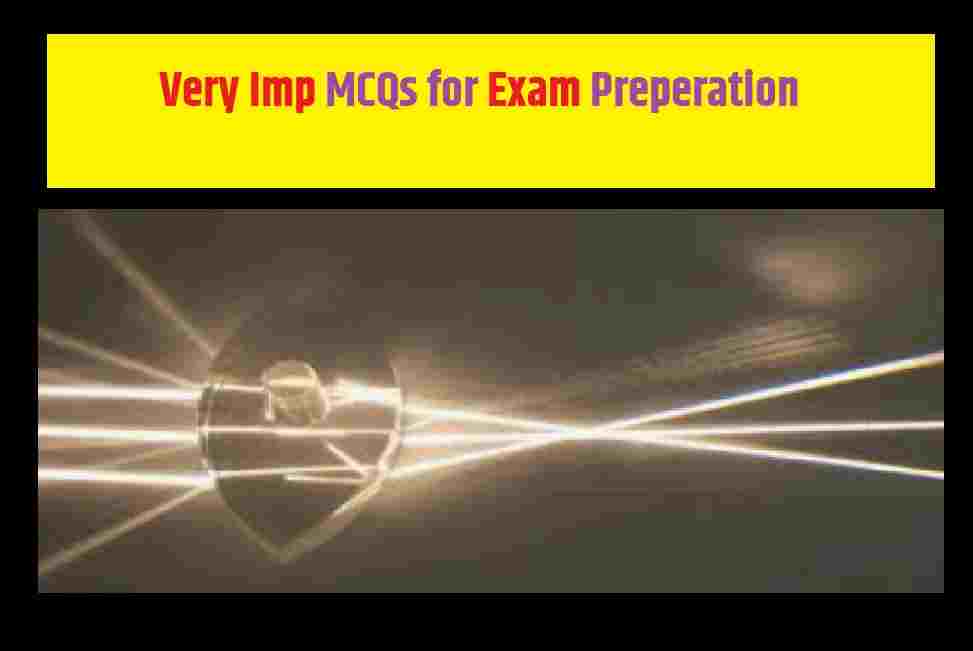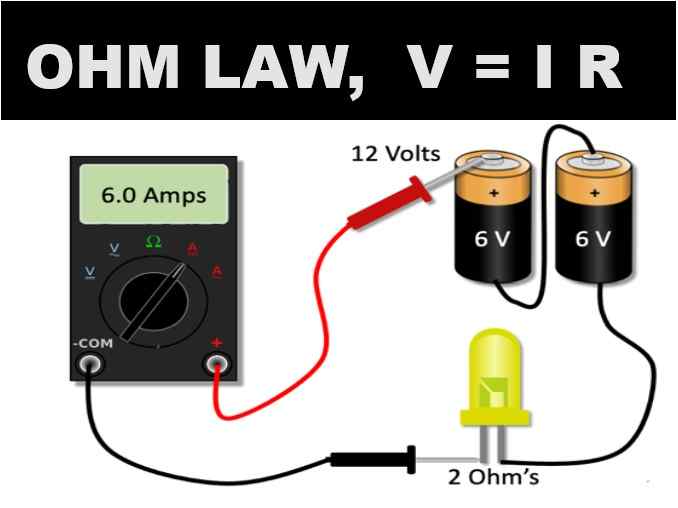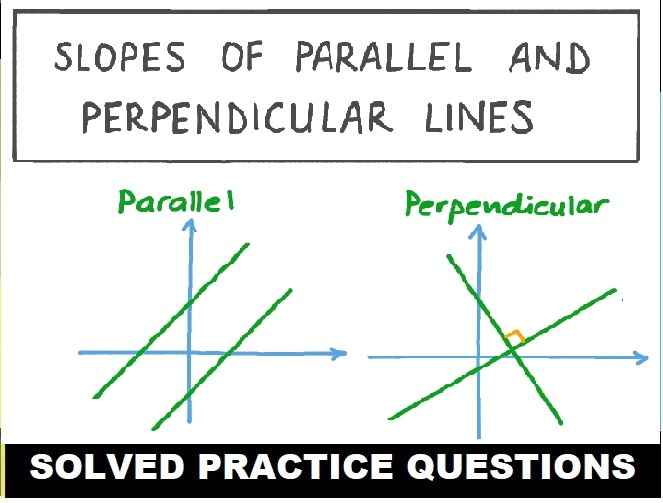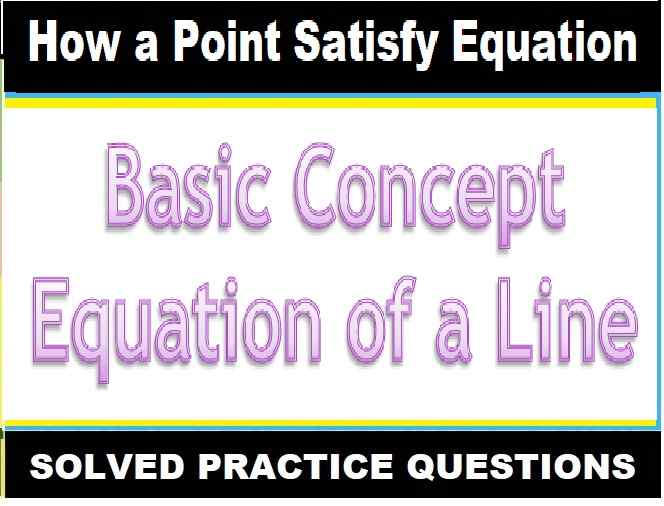MCQs Refraction of Light at Spherical Surface : Lense for ISC Class 12 Physics . These MCQs / Objective Type Questions is based on latest reduced syllabus according 2021-22 session on bifurcated pattern. Main motto of MCQ Type Question is cracking the next upcoming Sem-2 exam of council. Visit official website CISCE for detail information about ISC Class-12 Physics.
ISC Class 12 MCQs Refraction of Light at Spherical Surface : Lense with Answer

| Board | ISC |
| Class | 12th (XII) |
| Subject | Physics |
| Chapter | Refraction of Light at Spherical Surface : Lense |
| Syllabus | on bifurcated syllabus (after reduction) |
| Session | 2021-22 |
| Bifurcated | Sem-2 |
| Topic | MCQs / Objective Type Question |
MCQs Refraction of Light at Spherical Surface : Lense ISC Class 12 Physics
Question 1: A coin immersed in the water pond appears to be raised when viewed from the top. This is due to the phenomenon of ________.
(a) Total internal reflection of light
(a) Scattering of light
(a) Reflection of light
(a) Refraction of light
Answer: (a) Refraction of light
Question 2: A convex lens is immersed in a liquid of refractive index greater than that of glass. It will behave as a
(a) plane glass
(b) homogeneous liquid
(c) convergent lens
(d) divergent lens
Answer: (d) divergent lens
Question 3: Two thin lenses are in contact and the focal length of the combination is 80 cm. If the focal length of one lens is 20 cm, then the power of the other lens will be
(a) – 3.75 D
(b) – 100 D
(c) 1.66 D
(d) 4.00 D
Answer: (a) – 3.75 D
Question 4: Sign conventions for spherical refracting surface are the same as those for spherical mirrors.
(a) True
(b) False
Answer: (a) True
Question 5: According to the thin lens formula, which one of the following is true regarding the focal length of the lens?
(a) f is positive for concave lens
(b) f is negative for convex lens
(c) f is positive for a diverging lens
(d) f is negative for concave lens
Answer: (d) f is negative for concave lens
Question 6: A convex lens is in contact with concave lens. The magnitude of the ratio of their powers is 2/3. Their equivalent focal length is 30 cm. What are their individual focal lengths (in cm)?
(a) –10, 15
(b) –15, 10
(c) 75, 50
(d) –75, 50
Answer: (b) –15, 10
Question 7: Which among the following is a portion of a transparent refracting medium bound by one spherical surface and the other plane surface?
(a) Concave mirror
(b) Plane mirror
(c) Lens
(d)Prism
Answer: (c) Lens
Question 8: A bi-convex lens made of glass (refractive index 1.5) is put in a liquid of refractive index 1.7. Its focal length will
(a) decrease and change sign
(b) decrease and remain of the same sign
(c) increase and remain of the same sign
(d) increase and change sign
Answer: (d) increase and change sign
Question 9: A convex lens is dipped in a liquid whose refractive index is equal to the refractive index of the lens. Then its focal length will
(a) become zero
(b) become infinite
(c) become small, but non-zero
(d) remain unchanged
Answer: (b) become infinite
Question 10: If two + 5 diopter lenses are mounted at some distance apart, the equivalent power will always be negative if the distance is
(a) equal to 10 cm
(b) equal to 40 cm
(c) less than 10 cm
(d) greater than 40 cm
Answer: (d) greater than 40 cm
Question 11: Which of the following forms a virtual and erect image for all positions of the object?
(a) Concave lens
(b) Concave mirror
(d) Convex mirror
(d) Both (a) and (c)
Answer: (d) Both (a) and (c)
Question 12: The rays of different colours fail to converge at a point after going through a converging lens. This defect is called
(a) chromatic aberration
(b) distortion
(c) spherical aberration
(d) coma
Answer: (a) chromatic aberration
Question 13: Work of a convex lens is:
(a) it converges light rays
(b) It diverges light rays
(c) always forms real images
(d) always forms virtual images
Answer: (a) it converges light rays
Question 14: A parallel beam of light is incident on a converging lens parallel to its principal axis. As one moves away from the lens on the other side on its principal axis, the intensity of light
(a) continuously decreases
(b) continuously increases
(c) remains constant
(d) first increases then decreases
Answer: (c) remains constant
Question 15: Which of the following uses only convex lens?
(a) Car Headlights
(b) Flashlights
(c) Microscope
(d) Peepholes
Answer: (c) Microscope
Question 16: How many types of spherical refracting surfaces are there?
(a) 2
(b) 3
(c) 4
(d) 5
Answer: (a) 2
Question 17: A point object is placed at the centre of a glass sphere of radius 6 cm and refractive index 1.5. The distance of the virtual image from the surface of the sphere is
(a) 2 cm
(b) 12 cm
(c) 4 cm
(d) 6 cm
Answer: (d) 6 cm
Question 18: The power of a convex lens is negative.
(a) True
(b) False
Answer: (b) False
Question 19: X is thicker in the middle than at the edges, whereas, Y is thicker at the edges than in the middle. Identify ‘X’ and ‘Y’.
(a) X = concave lens; Y = convex lens
(b) X = convex lens; Y = concave lens
(c) X = plane lens; Y = convex lens
(d) X = concave lens; Y = plane lens
Answer: (b) X = convex lens; Y = concave lens
Question 20: What is the SI unit of power of a lens
(a) Watts
(b) Unit less
(c) Diopter
(d) Joule
Answer: (c) Diopter
Question 21: Calculate the focal length of a biconvex lens if the radii of its surfaces are 50 cm and 20 cm, and index of refraction of the lens glass = 1.2.
(a) 0.014 cm
(b) 0.715 cm
(c) 0.14 cm
(d) 71.5 cm
Answer: (d) 71.5 cm
Question 22: A planoconvex lens of focal length 16 cm, is to be made of glass of refractive index 1.5. The radius of curvature of the curved surface should be
(a) 8 cm
(b) 12 cm
(c) 16 cm
(d) 24 cm
Answer: (a) 8 cm
Question 23: A lens has a focal length of 10 cm. Where the object should be placed if the image is to be 40 cm in the positive direction from the lens?
(a) 12 cm
(b) 40 cm
(c) 13 cm
(d) 0.075
Answer: (c) 13 cm
Question 24: If a convex lens of focal length 80 cm and a concave lens of focal length 50 cm are combined together, what will be their resulting power?
(a) + 6.5 D
(b) – 6.5 D
(c) + 7.5 D
(d) – 0.75 D
Answer: (d) – 0.75 D
Question 25: The lens which is thick in its middle and thin at the periphery. This lens is called _________
(a) Concave lens
(b) Convex lens
(c) Either (a) or (b)
(d) None of these
Answer: (b) Convex lens
Question 26: A convex lens and a concave lens, each having the same focal length of 25 cm, are put in contact to form a combination of lenses. The power of the combination (in dioptres) is
(a) zero
(b) 25
(c) 50
(d) infinity
Answer: (a) zero
Question 27: A plano-convex lens is made of material of refractive index 1.6. The radius of curvature of the curved surface is 60 cm. The focal length of the lens is
(a) 200 cm
(b) 50 cm
(c) 100 cm
(d) 400 cm
Answer: (c) 100 cm
Question 28: A lens made of glass whose index of refraction is 1.60 has a focal length of + 20 cm in air. Its focal length in water, whose refractive index is 1.33, will be
(a) three times longer than in air
(b) two times longer than in air
(c) same as in air
(d) None of these
Answer: (a) three times longer than in air
Question 29: Two lenses of focal lengths 20 cm and – 40 cm are held in contact. The image of an object at infinity will be formed by the combination at
(a) 10 cm
(b) 20 cm
(c) 40 cm
(d) infinity
Answer: (c) 40 cm
Question 30: An object approaches a convergent lens from the left of the lens with a uniform speed 5 m/s and stops at the focus. The image
(a) moves away from the lens with an uniform speed 5 m/s.
(b) moves away from the lens with an uniform accleration.
(c) moves away from the lens with a non-uniform acceleration.
(d) moves towards the lens with a non-uniform acceleration.
Answer: (c) moves away from the lens with a non-uniform acceleration
Question 31: If a convex lens is thin its focal length is:
(a) small
(b) large
(c) nothing can be said
(d) none of these
Answer: (b) large
Question 32: What causes chromatic aberration?
(a) Variation of focal length of lens with colour
(b) Central rays
(c) Difference in radii of curvature of its surfaces
(d) Marginal rays
Answer: (a) Variation of focal length of lens with colour
Question 33: The centre of the reflecting surface of a spherical mirror is called ___
(a) Pole
(b) Focus
(c) Aperture
(d) Centre of curvature
Answer: (a) Pole
Question 34: The distance of focus from the optical centre of lens, is called its
__________
(a) Focal length
(b) Centre of curvature
(c) Pole
(d) None of these
Answer: (a) Focal length
Question 35: Find the magnification of the lens if the focal length of the lens is 10 cm and the size of the image is -30 cm.
(a) 2
(b) 3
(c) 4
(d) 5
Answer: (a) 2
Question 36: Tom’ lenses of focal lengths ± 15 cm and ± 150 cm are available for making a telescope. To produce the largest magnification, the focal length of the eyepiece should be
(a) + 15 cm
(b) + 150 cm
(c) – 150 cm
(d) – 15 cm
Answer: (a) + 15 cm
Question 37: A lens of power 6 D is put in contact with a lens of power -4 D. The combination will behave like a:
(a) Divergent lens of focal length 25 cm
(b) Convergent lens of focal length 50 cm
(c) Divergent lens of focal length 20 cm
(d) Convergent lens of focal length 100 cm
Answer: (b) Convergent lens of focal length 50 cm
Question 38: Two point source S1 and S2 are 24 cm apart. Where should a convex lens of focal length 9 cm be placed in between them so that the images of both sources are formed at the same place?
(a) 6 cm from S1
(b) 10 cm from S1
(c) 15 cm from S1
(d) None of these
Answer: (a) 6 cm from S1
Question 39: Which of the following cannot be used for making lenses?
(a) Plastic
(b) Soil
(c) Glass
(d) Water
Answer: (b) Soil
Question 40: When light passes from air to glass, then______
(a) Wavelength increases
(b) Frequency decreases
(c) Wavelength decreases
(d) Velocity remains constant
Answer: (c) Wavelength decreases
–: End of MCQs Refraction of Light at Spherical Surface: Lense :–
-: also visit :-
- ISC Sem-2 Question Bank Class-12
- Sem-2 ISC Specimen Paper for Class-12
- ISC Class-12 Textbook Solutions ,Syllabus, Solved Paper
- Previous Year Question Paper for ISC Class-12
Please share with your ISC friends if it is helpful
Thanks


